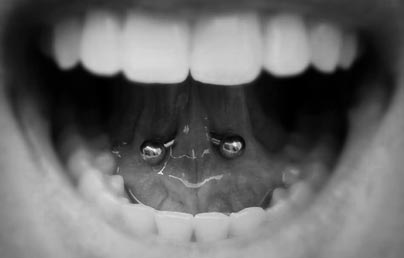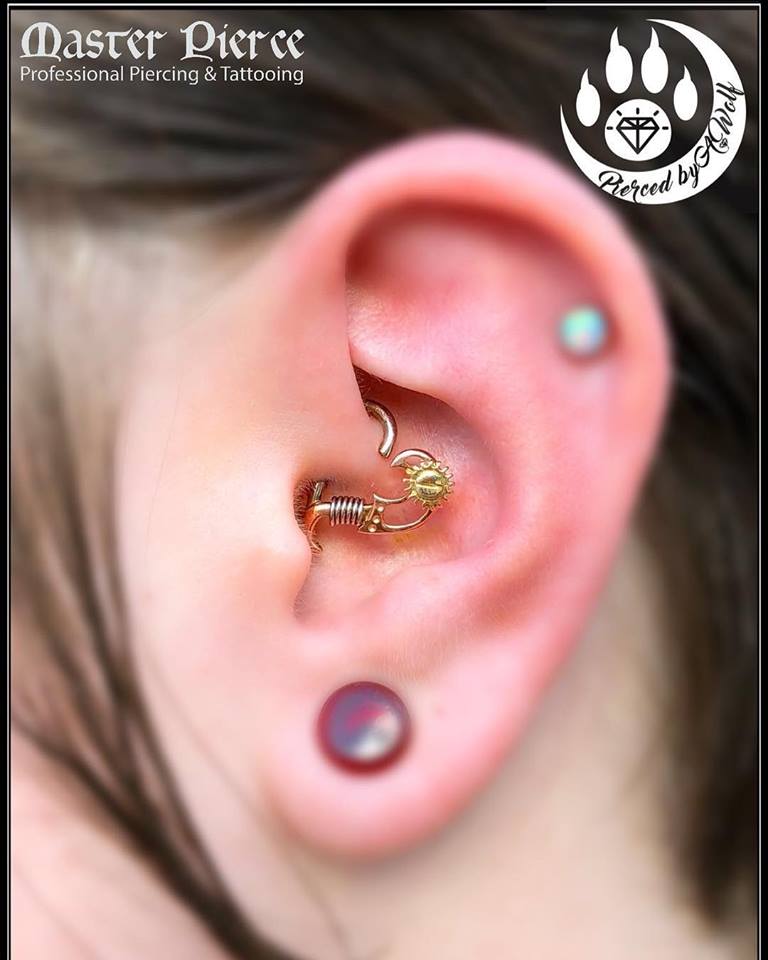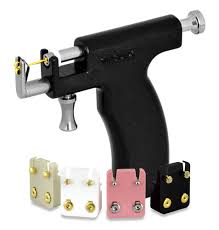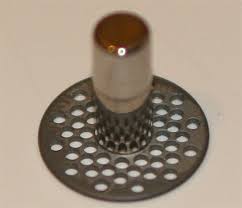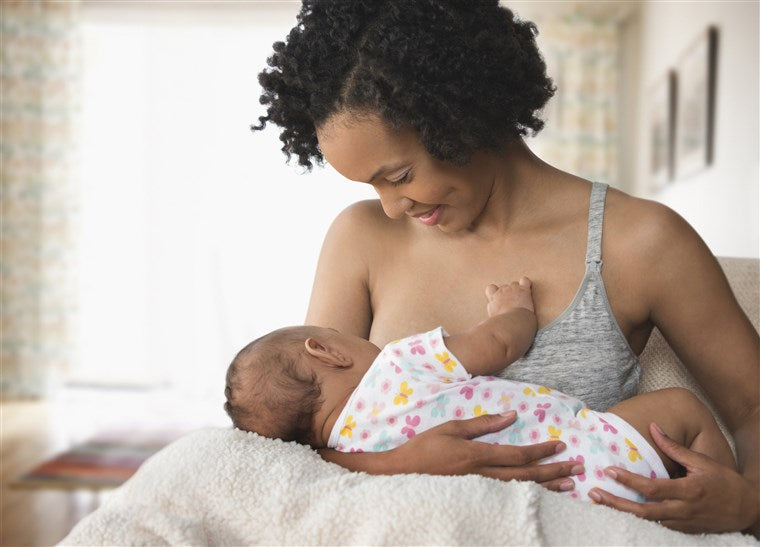
A common concern for our female clients before nipple piercings is how it may effect breastfeeding. There is a fear or uneasiness that having pierced nipples will prevent them from breastfeeding. While there are a few studies on breastfeeding after nipple piercing that show possible problems, many mothers go on to breastfeed successfully with pierced nipples.
While all piercings carry some risk, nipple piercings carry some additional risks that you should be aware of. Nipple piercings can take a full year or more to heal completely. In addition milk ducts can be damaged or obstructed leading to lower milk supply. Leaking milk from piercing holes, mastitis, reduced or extra sensitivity of the nipple, and scar tissue have all been reported.
There are risks to breastfeeding your baby with nipple piercings, however, they can be reduced or eliminated with careful planning. The most common risks to your infant from pierced nipples include leaking milk (creating too fast a flow), obstructed ducts leading to lowered milk supply, latch difficulties, damage to the baby’s mouth, and/or choking from jewelry that is not removed.
As stated, though, almost all of these issues can be circumvented. First and foremost, do NOT get any kind of piercings whilst pregnant. There is always a risk of infection with open wounds of ANY kind, and expectant mothers can and will transfer such things to their child. The introduction of foreign materials as well as the stress of healing a fresh piercing can also cause harm to the developing fetus. In some cases, it can even lead to miscarriage.
Choosing a reputable body piercer is paramount as a trained professional has the capability to place your jewelry and piercings correctly to avoid any unnecessary damage to the surrounding anatomy. Increased nipple sensitivity and hormonal changes can cause swelling of the breast tissue, so if you plan to keep your jewelry in during the duration of your pregnancy, the purchase of longer barbells or larger rings may be necessary.
Leaving the jewelry in your piercings while breastfeeding can lead to a choking hazard for the infant, so some mothers take their jewelry out before feeding and reinsert it after. However, it is advised to just remove your jewelry entirely as frequent reinsertion of your jewelry can cause irritation to the area. There is a lower risk of adornment loss with professional grade jewelry, so it is possible to leave it in – just remember to exercise due diligence and caution when it comes to the security of the barbell ends.
There is no reason for a properly placed and healed nipple piercing to prevent you from breastfeeding. While there are certain complications that can occur, professional-grade jewelry and piercers can eliminate them or lower the chance of them happening exponentially.




